Naturalist pursues the region’s most elusive specimens

Photo by Rachel Pressley
Spring has sprung, and with it the rise of Western North Carolina’s earliest, delicately exotic wildflowers. These include Oconee Bells, Gray’s Lily, graceful yellow trout lilies, Lady Slipper orchids, ginseng, the Three Birds orchid, the Kidneyleaf or Appalachian Twayblade, and many others.
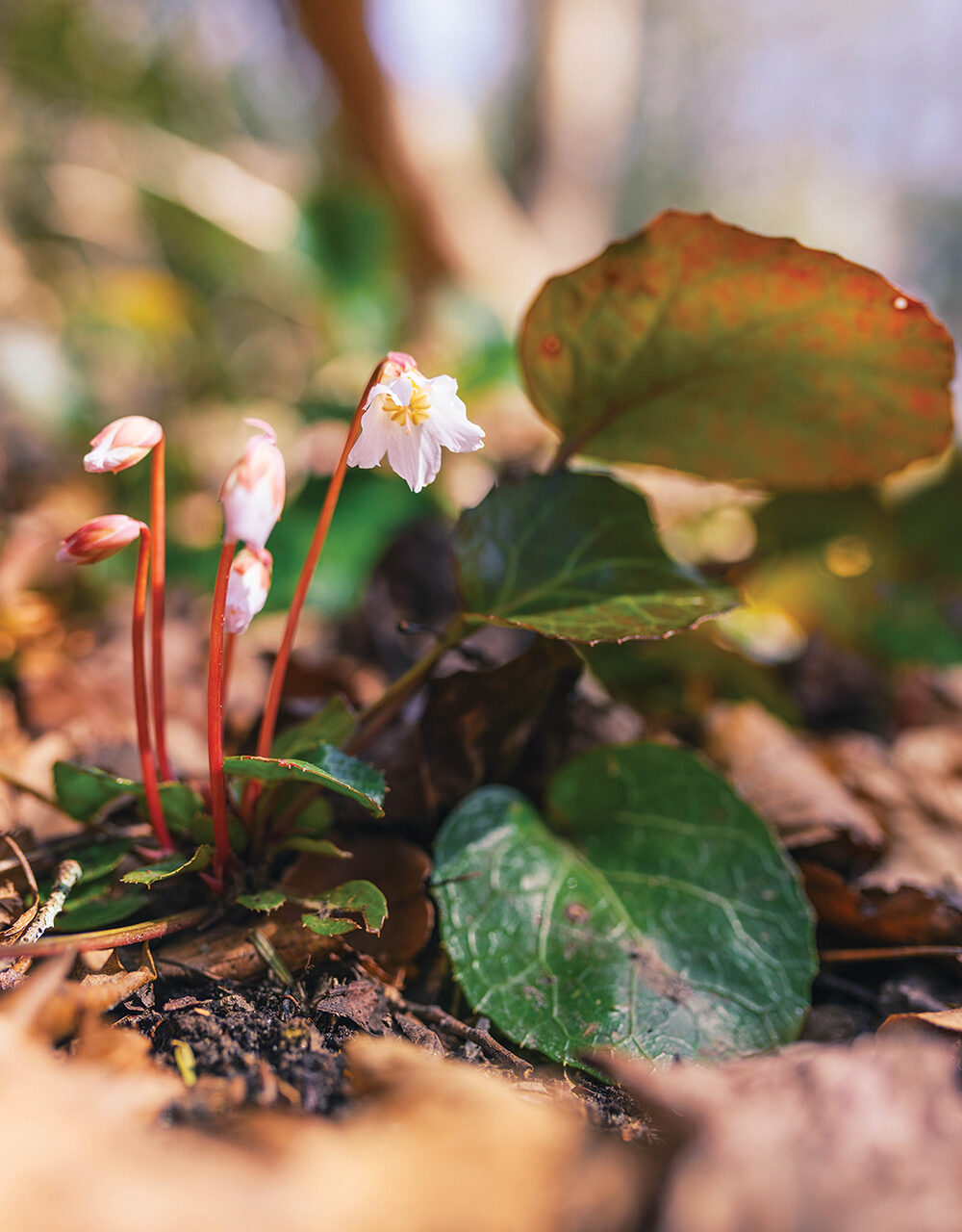
Photo by Rachel Pressley
Over the past 15 years, photographer James Poling’s exploration of Western North Carolina’s often elusive native flora has blossomed. Poling taught at Garrett-Evangelical Theological Seminary in Evanston, Illinois, before moving to Black Mountain in 2008.
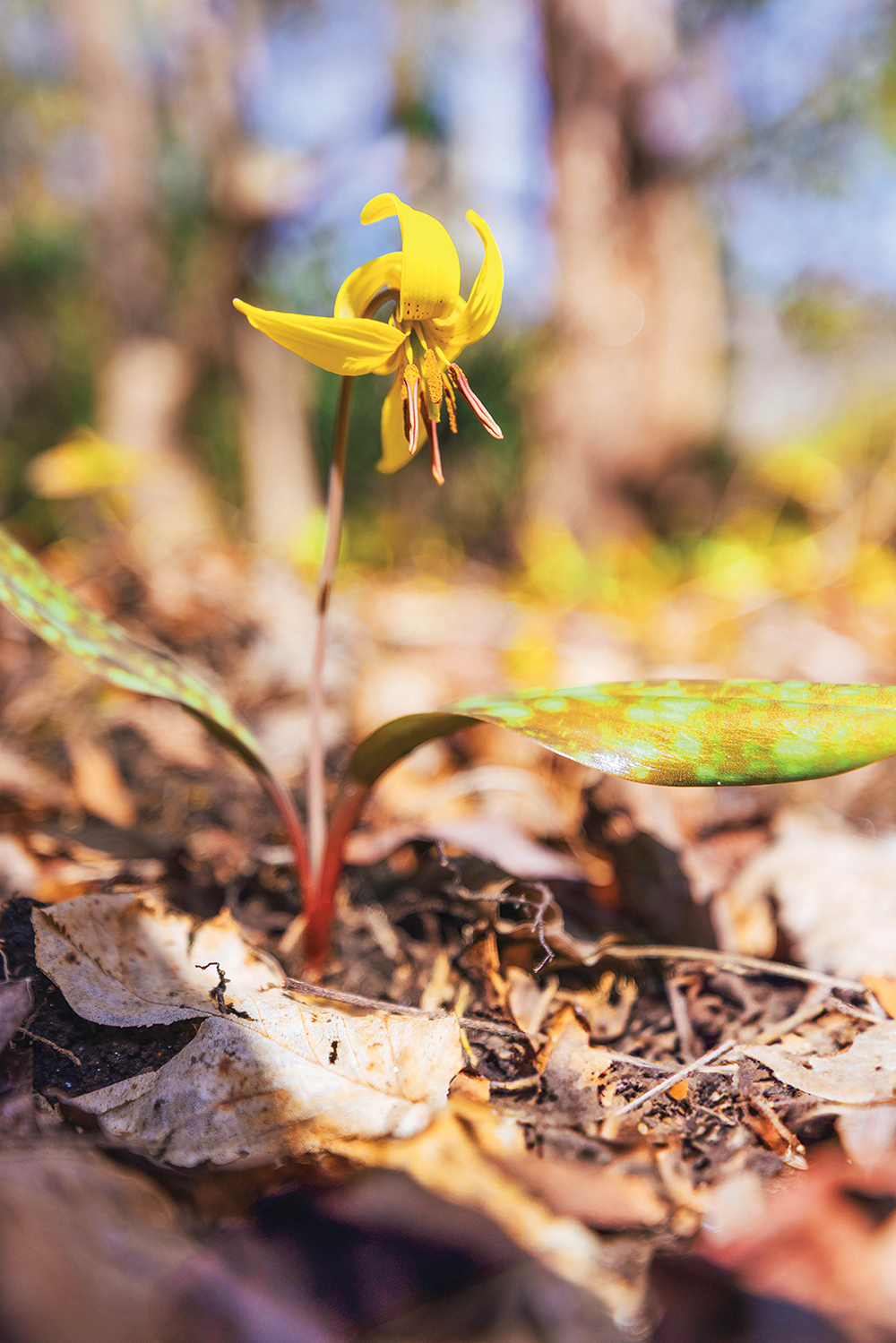
Photo by Rachel Pressley
In 2010, the now-retired pastor jumped at the chance to further his horticultural education, completing the comprehensive Blue Ridge Naturalist program at the North Carolina Arboretum in Asheville. He is a member of the Western Carolina Botanical Club, begun in 1973 by UNCA students. Today the club cross-pollinates its efforts by volunteering at the Arboretum, local gardening clubs, and many other related events.
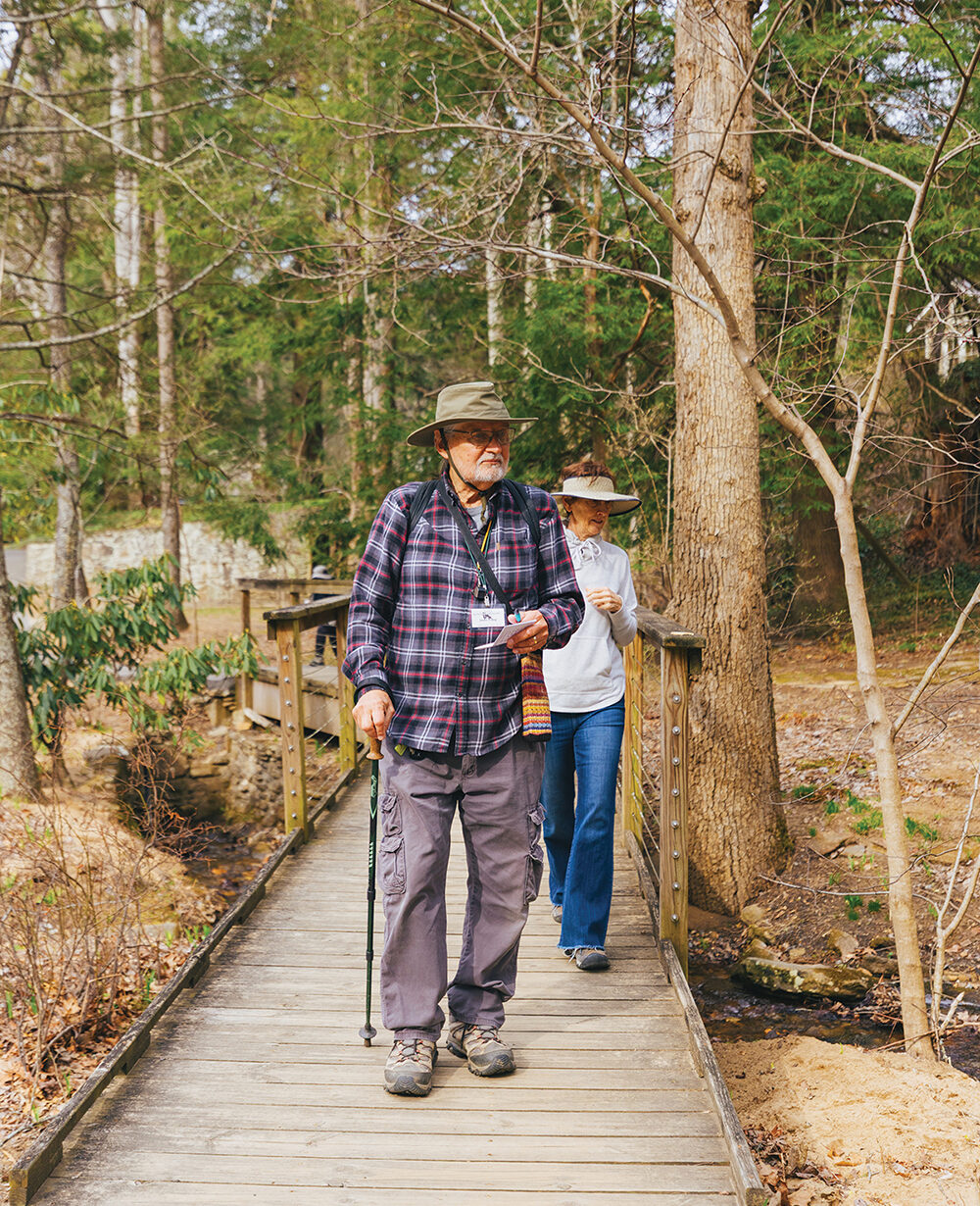
Photo by Rachel Pressley
What initially sparked your interest in horticulture and wildflowers?
My father introduced me to plants in childhood through camping and church-retreat centers. I grew up near the Appalachian Trail in Maryland, and often hiked the trails there. Any day when I am on the Blue Ridge Parkway and its many side trails is a good day, and I hope to have many more of those days ahead.
The rare wildflower Oconee (sometimes spelled “Acony”) Bells bloom here starting in mid March. They have a very small range and something of a star status because of their elusiveness …
Shortia galacifolia was discovered here in the mountains in 1788 by André Michaux [a French botanist who focused on North American flora]. He took some specimens back to France with him. Many years later, American botanist Asa Gray found Michaux’s specimens and identified them as a new species. Thus began a long, mostly futile search for Oconee Bells. The plant was eventually found by a local teenager in 1877 and confirmed by botanists. Today Oconee Bells are endemic to certain areas of the Southern Appalachians and listed as a rare plant. They should be blooming in March.
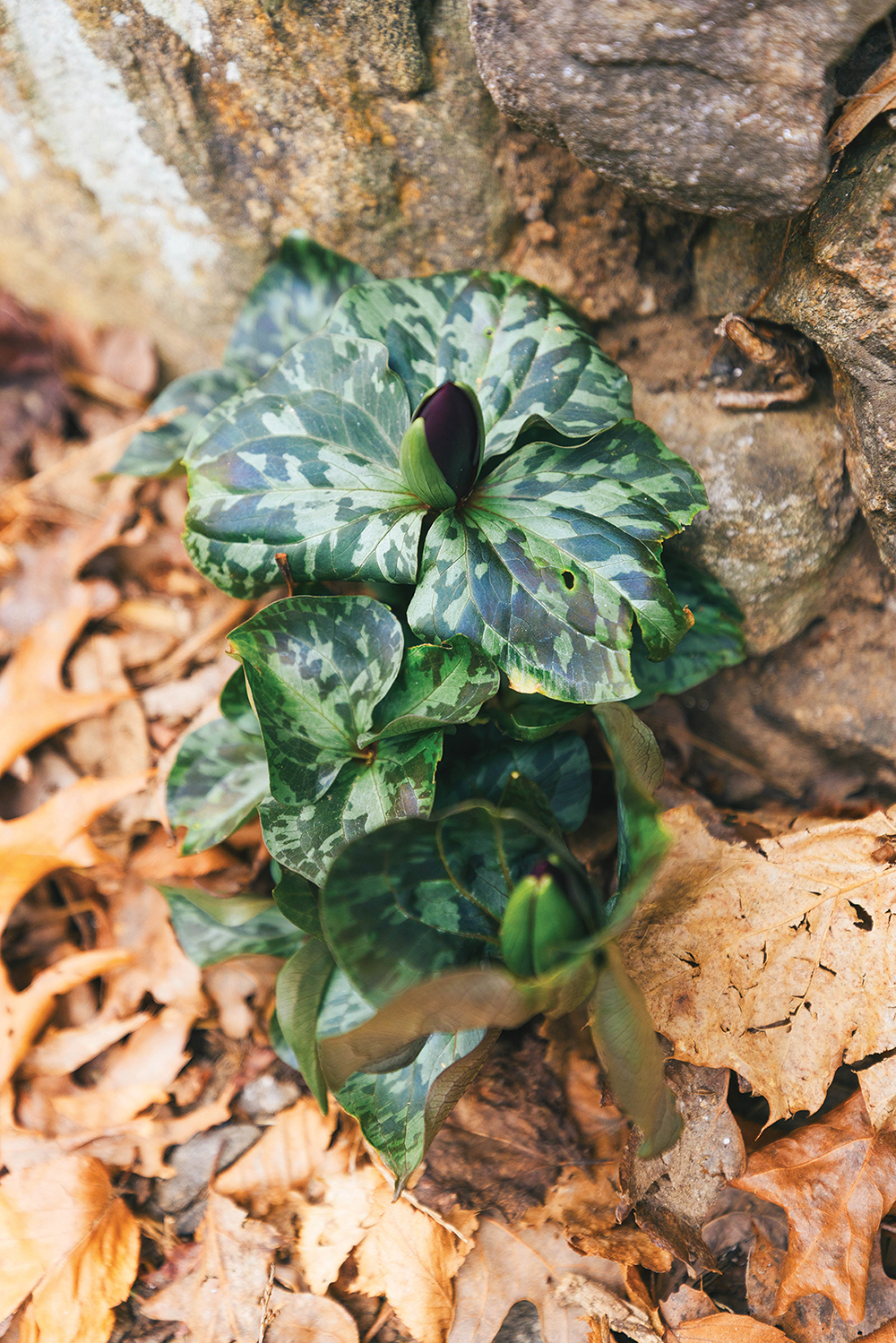
Photo by Rachel Pressley
Where?
Gorges State Park [in Transylvania County] and Devils Fork State Park [in Upstate South Carolina] are the primary native sites. I have been to the shores of Lake Jocassee to see Oconee Bells in abundance. Apparently, when the lake was formed, local botanists rescued as many plants as possible. There are a few in Montreat; there is a good bed at the Asheville Botanical Gardens and at the Highlands Biological Station [administered by Western Carolina University]. My understanding from friends is that there are also some in McDowell County.
The Western Carolina Botanical Club’s current focus is safeguarding rare and unusual plants, and therefore you do not publicize your trail walks outside of the group.
We strive to educate people about the precious diversity of plants here. … To see them, you can join the club, and I [also] lead monthly Black Mountain Wildflower Walks. The walks I lead are especially for people who love our mountains but may not have much knowledge about botany. [The club] makes about 32 field trips from April to September, and engages in educational events in the winter months. I especially like native orchids and seek them out every summer.
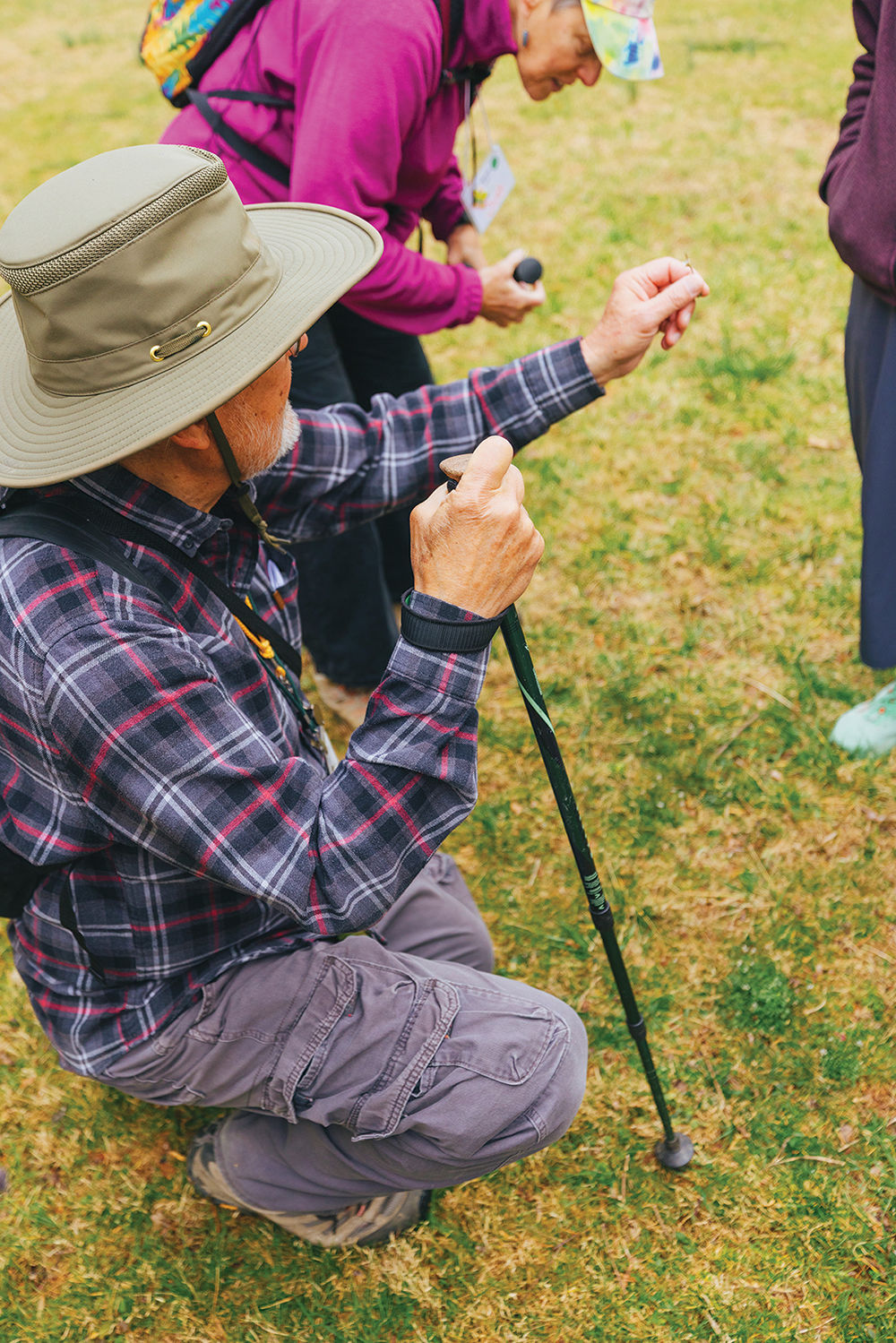
How were wildflower trails impacted by Hurricane Helene?
It’s sad for me and club members that many of our favorite trails will be closed in 2025 because of downed trees and mudslides. The Blue Ridge Parkway north of Asheville was severely damaged, and much of the Mountains-to-Sea Trail is impassable. Our club will probably go to [Upstate] South Carolina and southern [areas of Western] North Carolina because it was less affected by Helene. We hope that the Parkway south of Asheville will be open.
On March 13, I led a Wildflower Walk in Montreat. The plants there are already fragile and the area is being overtaken with English Ivy, one of the most damaging invasives. The Oconee Bells survived the flood, but they look haggard. We may or may not have flowers this year. They live on a bank above Flat Creek which badly flooded the area.
Among the survivors in flower were Toadshade Trillium or “Sweet Betsy” (Trillium cuneatum) and Dimpled Trout Lily (also “Yellowdog Dogtooth Violet,” Erythronium americanum). … Trout lilies are native, beautiful, and a favorite of naturalists.
The Western Carolina Botanical Club leads field trips in April and May twice a week and once a week through September in nine counties in Western North Carolina and Upstate South Carolina. Also find their “Wildflower of the Week” calendar and more information at wcbotanicalclub.org.
